Wild cats have roamed the Earth for millions of years, contributing significantly to the balance of ecosystems across continents. Despite their majesty and vital roles in the environment, several species of wild cats face the looming danger of extinction due to various anthropogenic pressures. From habitat destruction to poaching, let’s dive into the challenges these enchanting creatures face and spotlight six wild cat species that are at risk of extinction.
The Significance of Biodiversity and the Role of Wild Cats
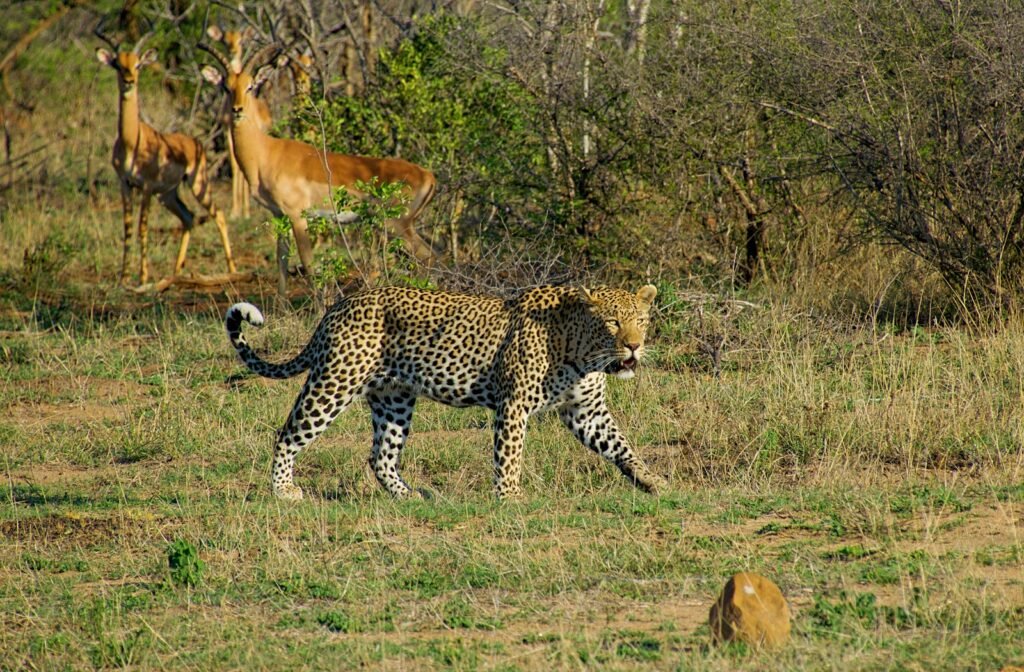
Biodiversity is the foundation of healthy ecosystems, providing essential services like pollination, water purification, and pest control. Wild cats, as apex predators, help maintain ecological balance by controlling prey populations. Their presence ensures that no single species overpopulates, thereby allowing plant and animal communities to thrive.
The Cheetah: The Fastest Land Animal in Peril
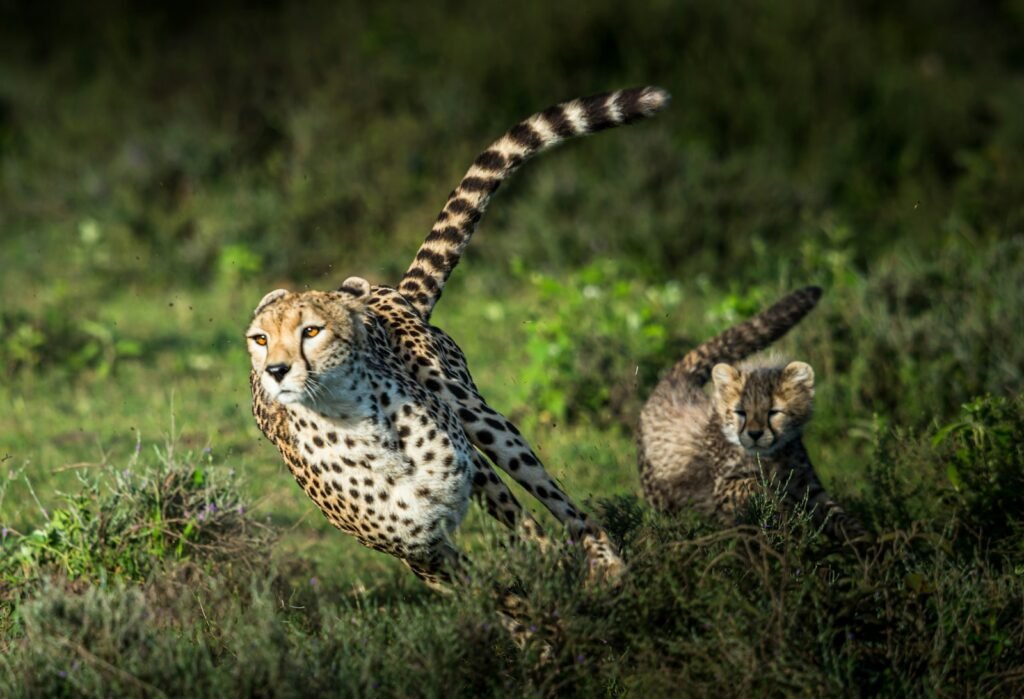
The cheetah, renowned for its unparalleled speed, is teetering on the edge of extinction due to habitat loss, human-wildlife conflict, and illegal trafficking. With only about 7,000 individuals remaining in fragmented populations, conservation efforts are urgently needed to preserve this iconic species. Establishing protected areas and promoting corridors for migration are critical steps in ensuring their survival.
Amur Leopard: A Case of Extreme Rarity
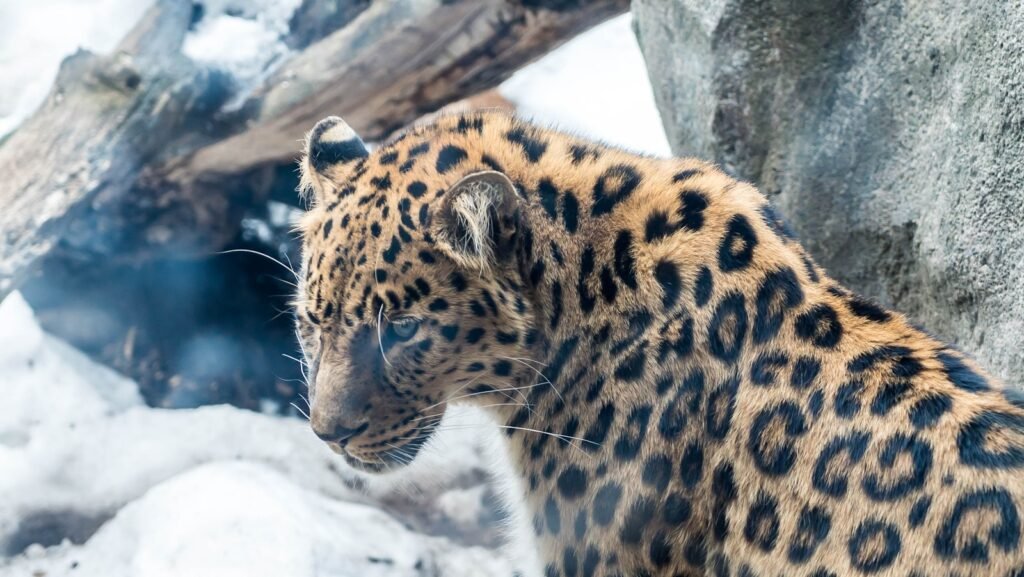
The Amur leopard is one of the most endangered wild cats in the world, with an estimated 100 individuals left in the wild. This subspecies, native to the temperate forests of the Russian Far East and northern China, faces threats from poaching, prey depletion, and habitat destruction. Conservation initiatives focusing on anti-poaching measures and habitat preservation are crucial for the recovery of this elusive cat.
Iberian Lynx: A Conservation Success Story in the Making
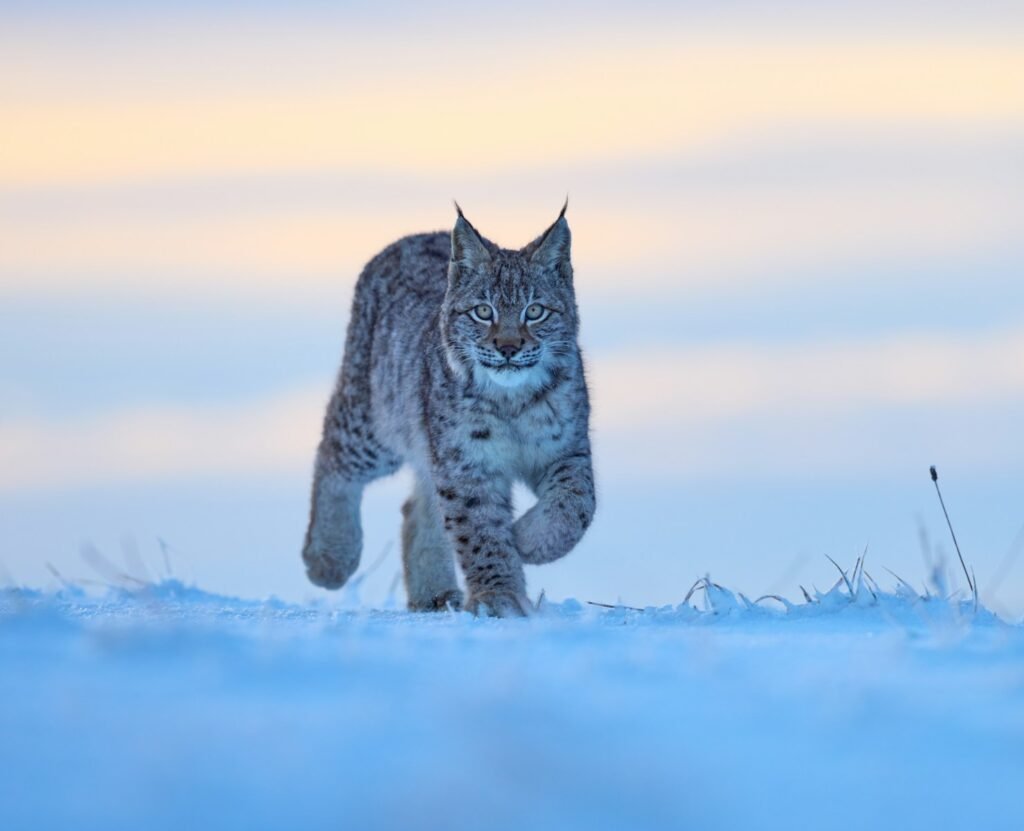
The Iberian lynx, once on the brink of extinction, showcases how targeted conservation can yield positive outcomes. Native to the Iberian Peninsula, concerted efforts have increased its population from a mere 94 individuals to around 400. Despite these achievements, the lynx continues to face challenges like habitat fragmentation and declining rabbit populations, their primary prey. Conservationists remain vigilant in addressing these issues to secure a stable future for the species.
The Snow Leopard: Ghost of the Mountains
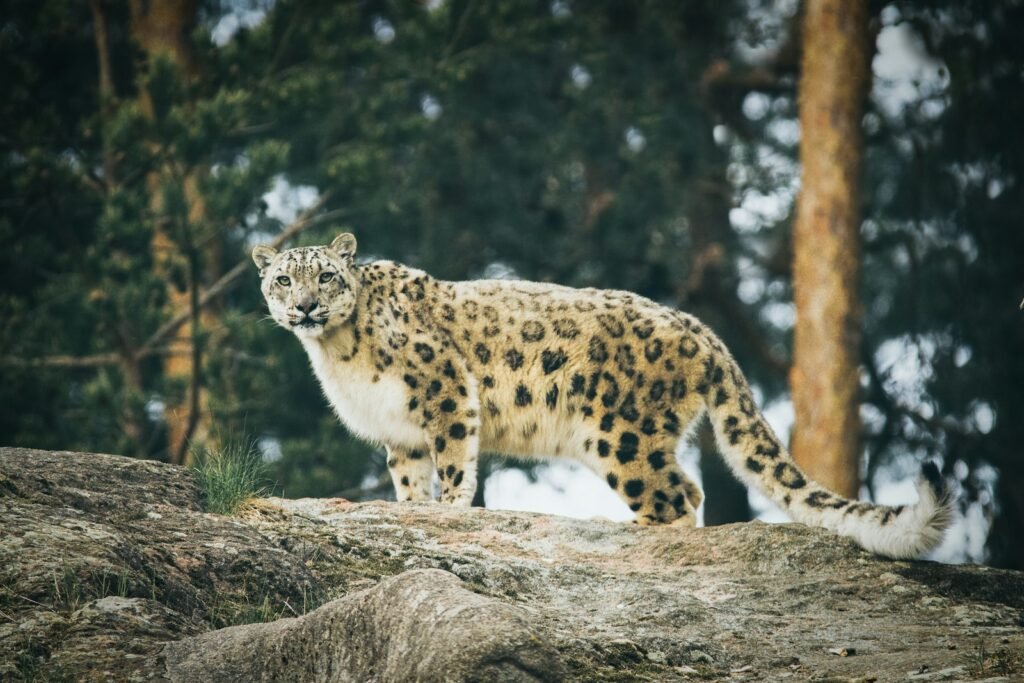
The snow leopard inhabits the rugged mountain ranges of Central and South Asia, where it faces threats from illegal wildlife trade, habitat degradation, and retaliatory killing by herders. Estimated to have fewer than 6,500 individuals left in the wild, this species requires increased awareness and community-based conservation programs that harmonize human interests with wildlife preservation.
The Sumatran Tiger: A Victim of its Superiority

The Sumatran tiger, endemic to the Indonesian island of Sumatra, is critically endangered with fewer than 600 remaining in the wild. Deforestation for palm oil plantations, human encroachment, and poaching have devastated their numbers. International cooperation and stronger law enforcement actions are essential to halt illegal activities and secure the future of these majestic tigers.
The Andean Mountain Cat: A Lesser-Known Majesty

The Andean mountain cat, native to the remote Andes of South America, is one of the rarest wild cats, with an estimated 1,378 mature individuals. Its obscure habitat often shields it from immediate human threats, yet its existence is imperiled by habitat fragmentation and prey scarcity induced by human activities. Collaborative research and conservation strategies are imperative to uncover more about this elusive species and implement effective protection measures.
Common Threats Facing Wild Cats
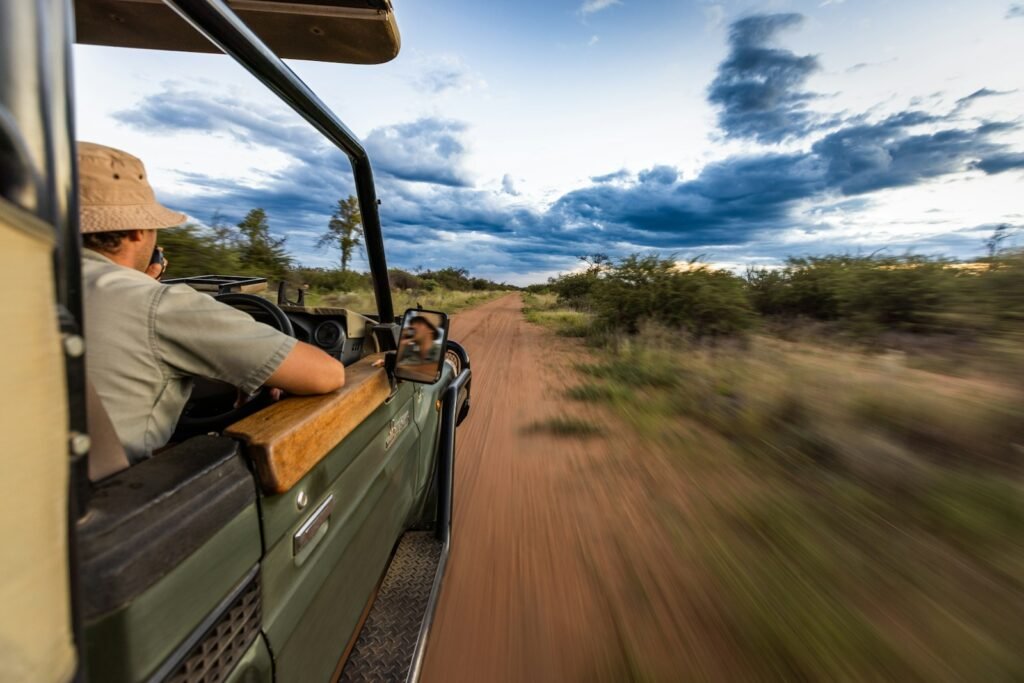
Numerous factors contribute to the decline of wild cat populations globally. Habitat loss stands as a predominant threat, fueled by urban expansion, agricultural development, and mining activities. Poaching, driven by the demand for skins, bones, and other body parts, poses a severe risk, while climate change exacerbates existing vulnerabilities by altering habitats and food availability. Additionally, interspecies conflicts and road accidents account for significant losses.
The Role of Conservation Organizations

Conservation organizations play a vital role in wild cat preservation efforts. These agencies conduct research to understand population dynamics, develop strategic action plans, and foster collaboration among governments, NGOs, and local communities. Initiatives such as captive breeding programs, habitat restoration, and anti-poaching patrols are employed to help prevent extinction.
What You Can Do to Help
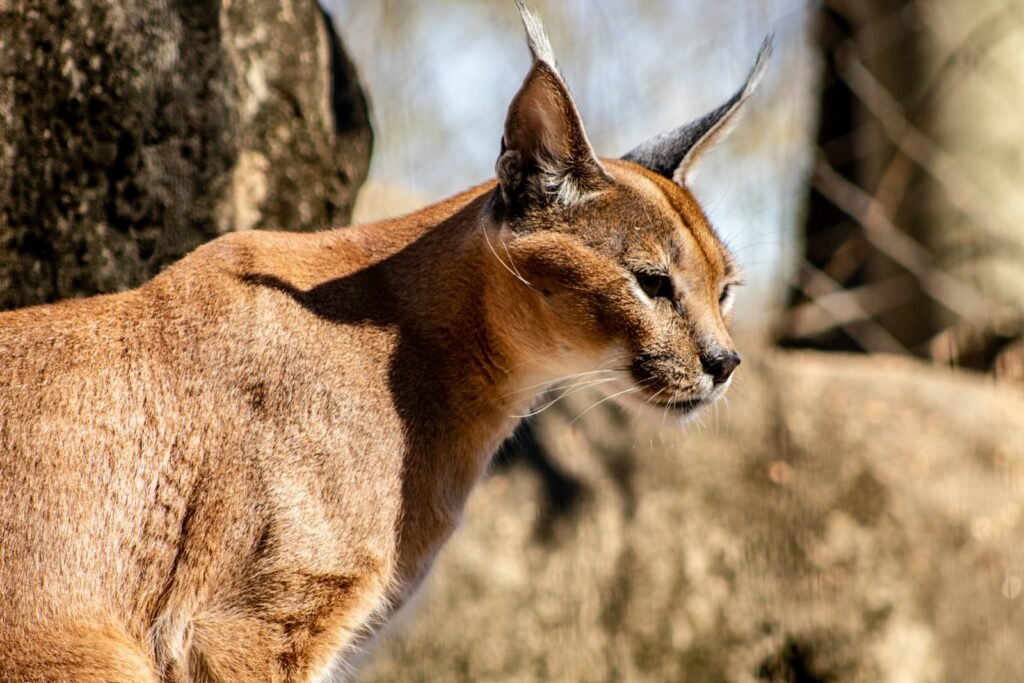
Individuals can contribute significantly to wild cat conservation, starting with awareness and education about the importance of these species. Supporting conservation organizations financially or through volunteer work is another impactful route. Making sustainable consumer choices that avoid harrowing industries, such as unsustainable palm oil, reduces the pressure on wild habitats. Advocate for policies that protect wildlife and share knowledge about the significance of conserving these majestic creatures.
Wild cats are not only a natural wonder but an integral part of our global heritage. Preserving their future ensures the persistence of ecological balance and the diversity of life on Earth.

Growing up traveling and experiencing new cultures and wonders, I have had a passion for nature, adventuring, photography, and videography. I am currently working towards a BSc in Biodiversity and Ecology at Stellenbosch University, and I hope to specialise in Marine Sciences one day.
Please send any feedback to Feedback@animalsaroundtheglobe.com






